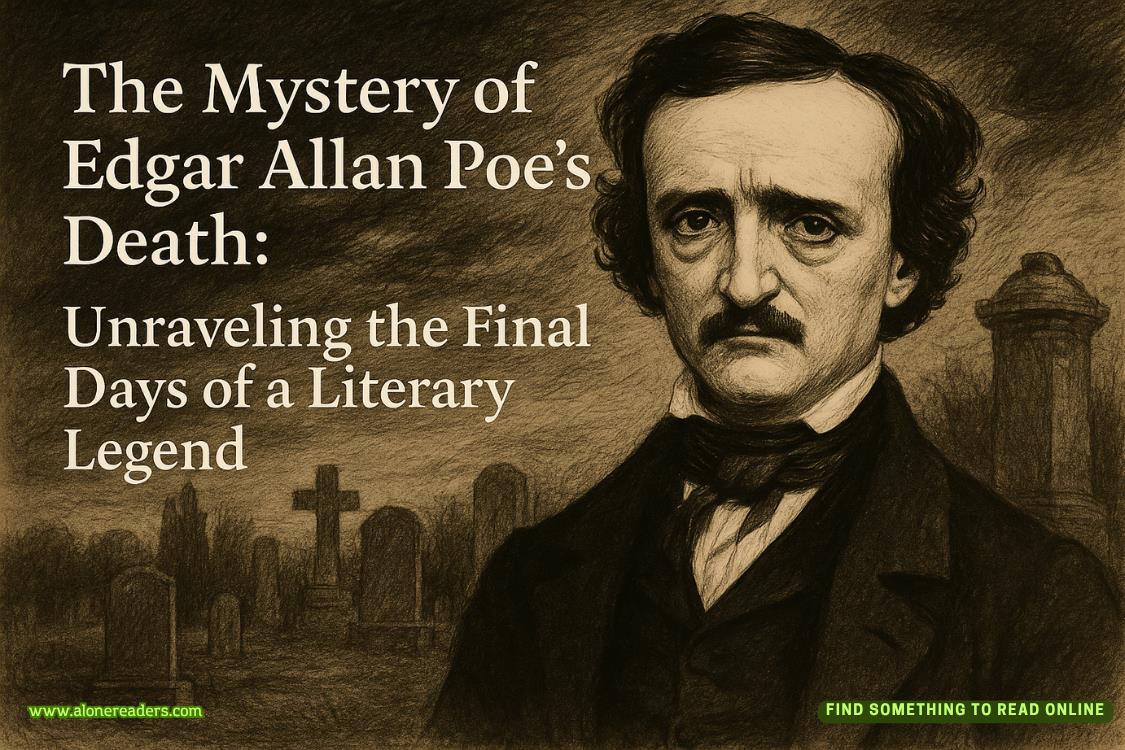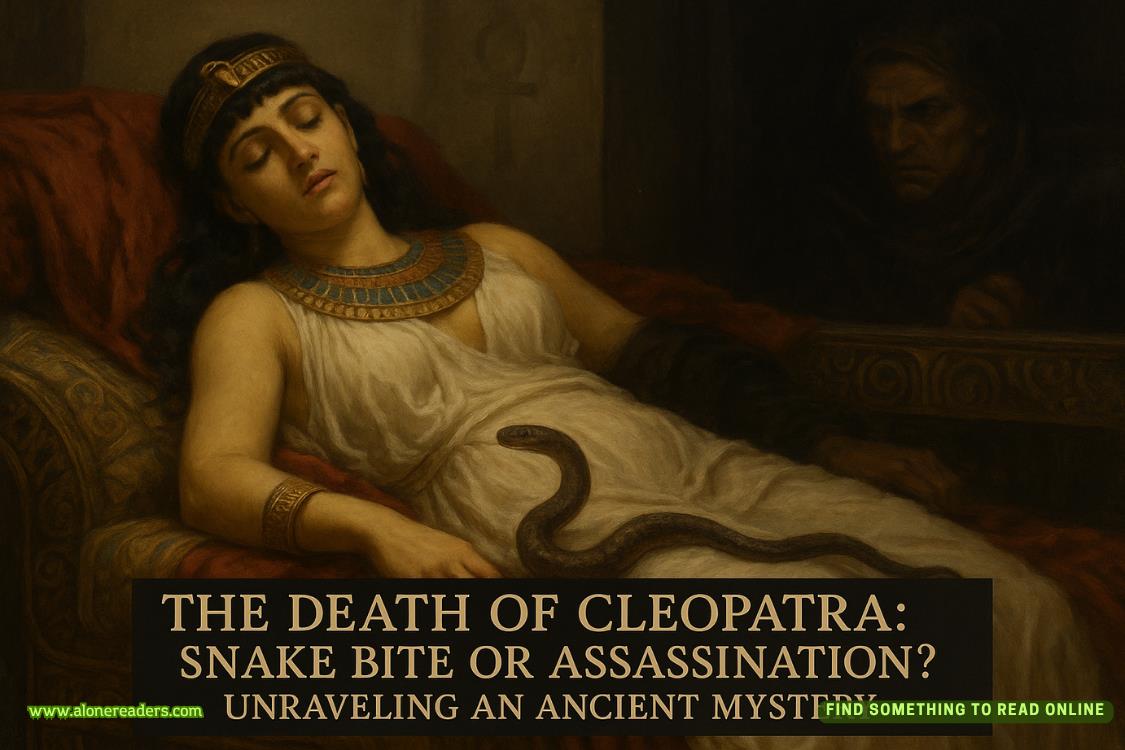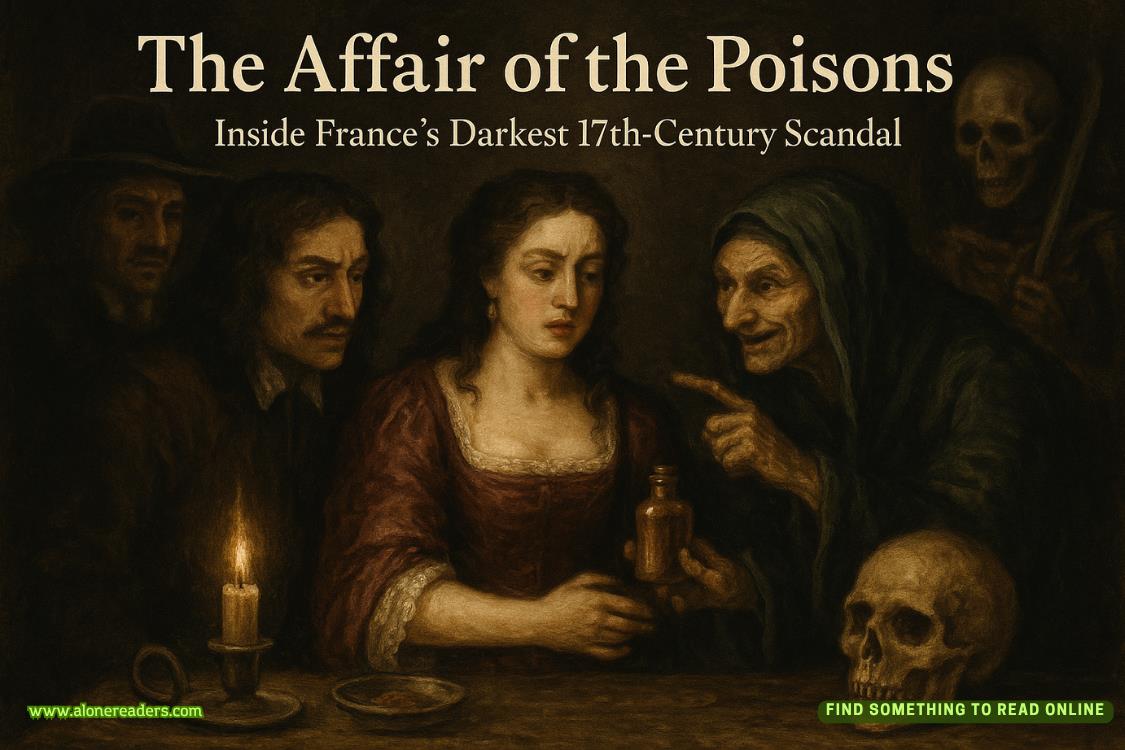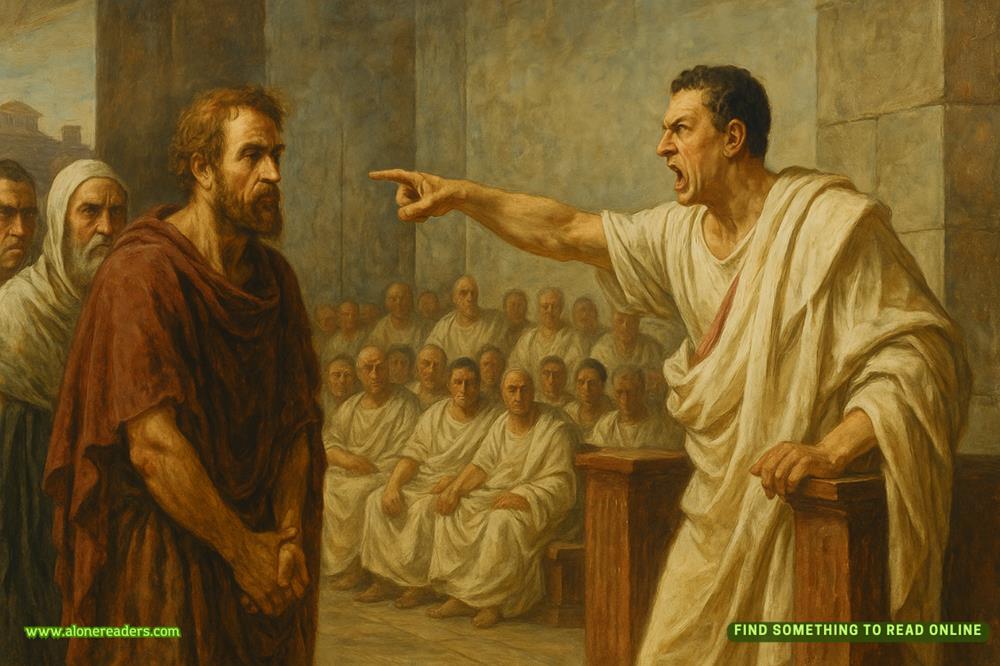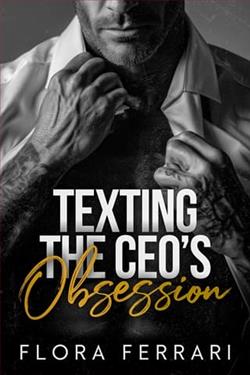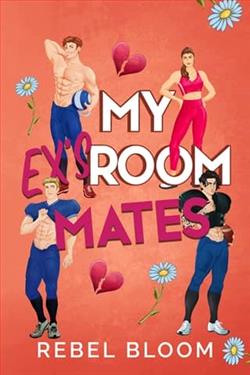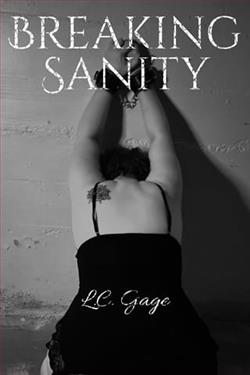Page 32 of Rescuing Aria
“That went better than expected.” Ember’s words carry forced optimism, her voice suggesting she doesn’t believe them any more than I do.
“Did it?” I move toward the kintsugi display, touching one of the pieces Ryn completed this morning. The gold catches the afternoon light, beautiful and meaningful in ways that spreadsheets can’t quantify. “Because I feel like we just agreed to let someone explain why everything we’ve built is wrong.”
“Not wrong. Just—limited.” Ember joins me beside the display, her fingers tracing patterns in the dust motes dancing through sunbeams. “From his perspective, anyway.”
“What about from your perspective?”
She remains quiet for a long moment, long enough for doubt to creep in like fog through an open window. When she speaks, her voice carries careful consideration.
“I love what we’ve built. I love the intimacy of it, the personal connection with every customer. But…”
“But?”
“But, what if he’s right about market timing? What if we’re turning down opportunities that won’t come again?”
The question hangs between us, heavy with implications neither of us wants to examine too closely. In the workshop, Ryn’s voice drifts through the doorway as she explains our process to a new customer, her tone confident and warm.Through the front window, the late afternoon light makes our displays glow like small beacons of something precious.
What we’ve built is beautiful. It’s ours. It’s enough.
Isn’t it?
EIGHT
Aria
Thursday arrives fasterthan I want it to, bringing with it the kind of nervous energy that makes coffee taste like anxiety and every conversation feel loaded with subtext. Miranda Anderson arrives at precisely two o’clock, dressed in the kind of understated elegance that costs more than most people’s rent and signals serious professional credibility with every thread.
She’s younger than I expected—maybe early thirties—with sharp, intelligent eyes and the confident handshake that comes from being very good at what you do. Dad’s introductions flow with characteristic effusiveness, full of phrases like “rising star in brand development” and “incredible track record with artisanal scaling.”
“I’ve been looking forward to this.” Miranda’s voice carries polished professionalism as we begin the tour. “Your father showed me some photos, but seeing the actual space… The aesthetic is quite sophisticated.”
We walk through the shop methodically, Miranda asking questions that demonstrate she’s done her homework thoroughly. Customer demographics, average transaction size, and seasonal fluctuations. Her attention to detail impressesand intimidates in equal measure, like being examined by a particularly thorough machine.
Ember answers the operational questions with increasing tension, her responses growing shorter as Miranda’s focus shifts from admiration to analysis. By the time we reach the workshop, the atmosphere feels more like an audit than a consultation.
“This is where the magic happens.” I try to lighten the mood as we enter the creative space, gesturing toward the workstations where half-finished pieces wait for completion.
Miranda examines the workstations, picking up tools and examining half-finished pieces with the careful attention of someone evaluating assets. “The craftsmanship is excellent. However, I must ask about production capacity. How many units can you realistically complete per week?”
“It depends on the complexity.” Ember’s response carries careful politeness. “The kintsugi pieces take significantly longer than standard pours.”
“Right. Time investment versus profit margin.” Miranda makes notes on her tablet, fingers moving efficiently across the screen. “Have you considered developing a simplified version of the technique? Something that captures the aesthetic appeal but reduces labor costs?”
Ember’s jaw tightens almost imperceptibly, the only outward sign of her internal reaction.
“The technique is meaningful because of the time investment. Each crack, each gold line—it’s intentional. Personal.”
“Of course. But from a scaling perspective, you’d need to balance personal touch with production efficiency.” Miranda’s tone remains gentle but firm, like someone explaining mathematics to a child. “Customers who aren’t familiar with the backstory might not distinguish between hand-applied details and machine precision.”
The conversation continues in this vein for another hour—Miranda offering suggestions that sound reasonable in isolation but collectively add up to transforming everything we’ve built into something entirely different. Standardized scent profiles. Simplified production processes. Strategic wholesale partnerships that would put our candles in major retailers within six months.
“The brand equity is strong.” Miranda’s conclusion carries the authority of expert assessment. “The story resonates, the aesthetic is marketable, and you’ve proven consumer demand. With the right strategic approach, I could see this becoming a significant player in the luxury lifestyle space.”
Dad nods with satisfaction, as if Miranda has confirmed something he already knew. “What kind of investment would we be looking at for that level of growth?”
“Initial capital requirements would depend on the scope, but for national rollout… Probably starting around two million for inventory, marketing, and distribution infrastructure.”
The number hits like a physical blow. Two million dollars. More money than I’ve ever seriously contemplated spending on a business, even growing up in Dad’s world of casual wealth.
